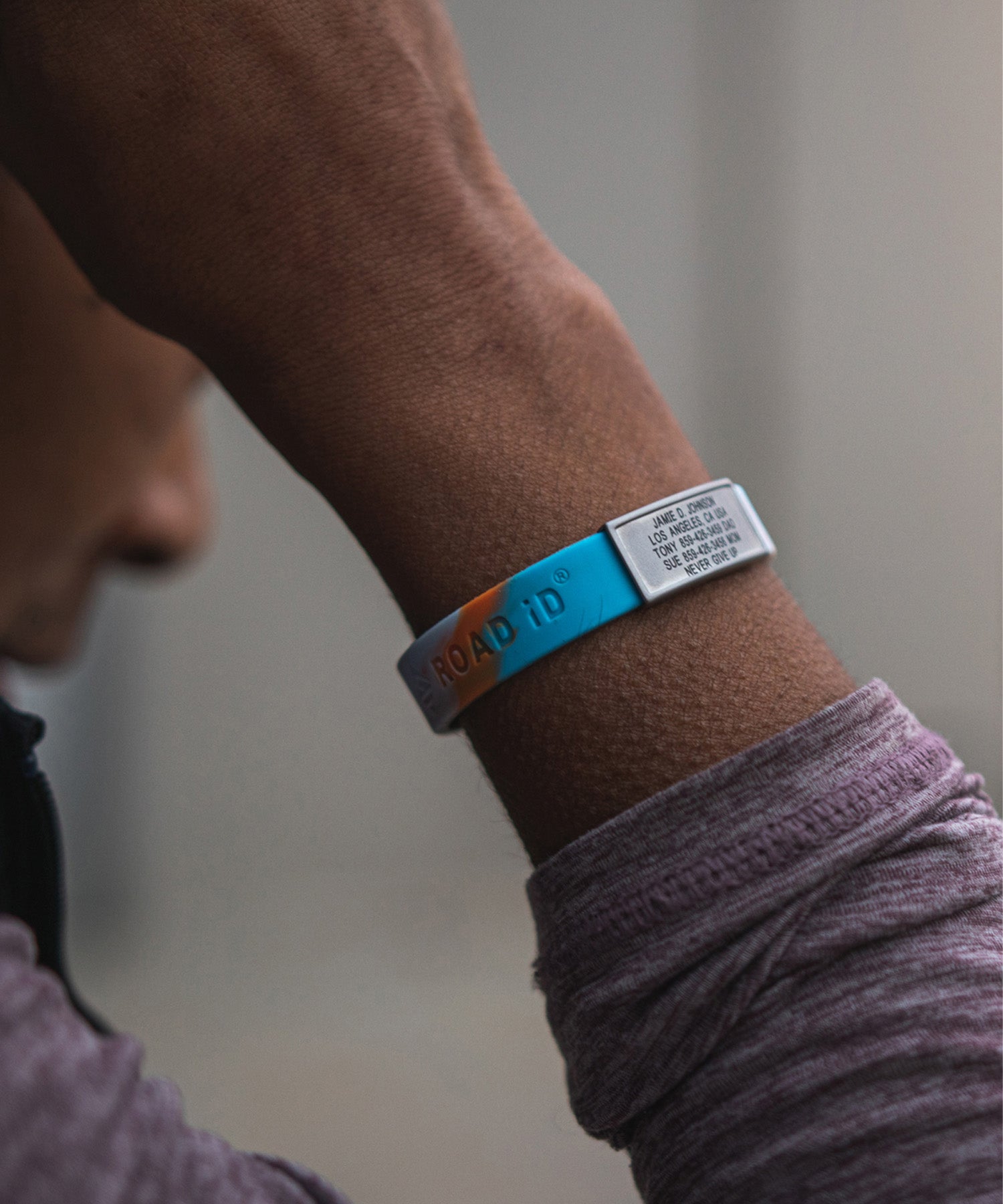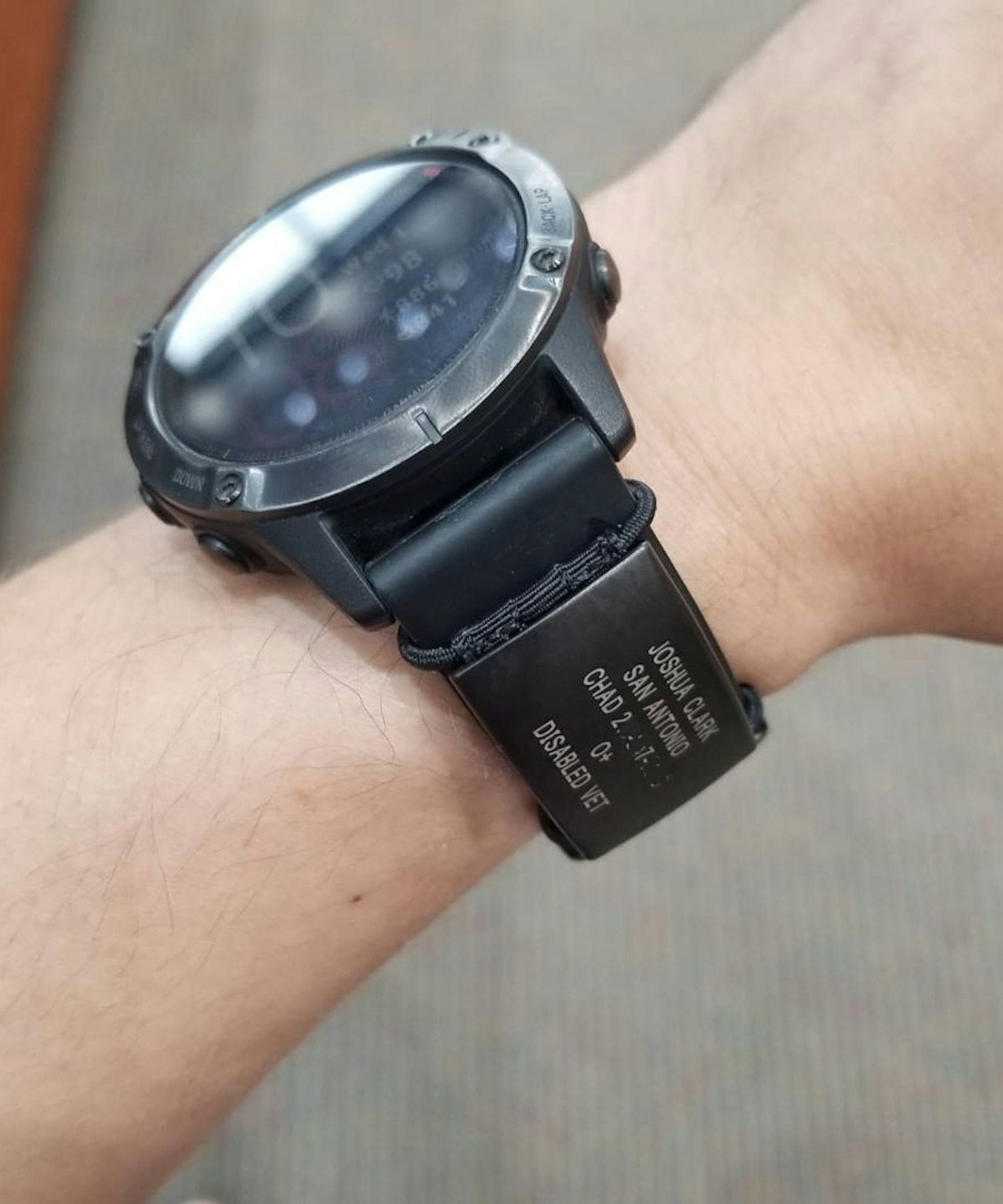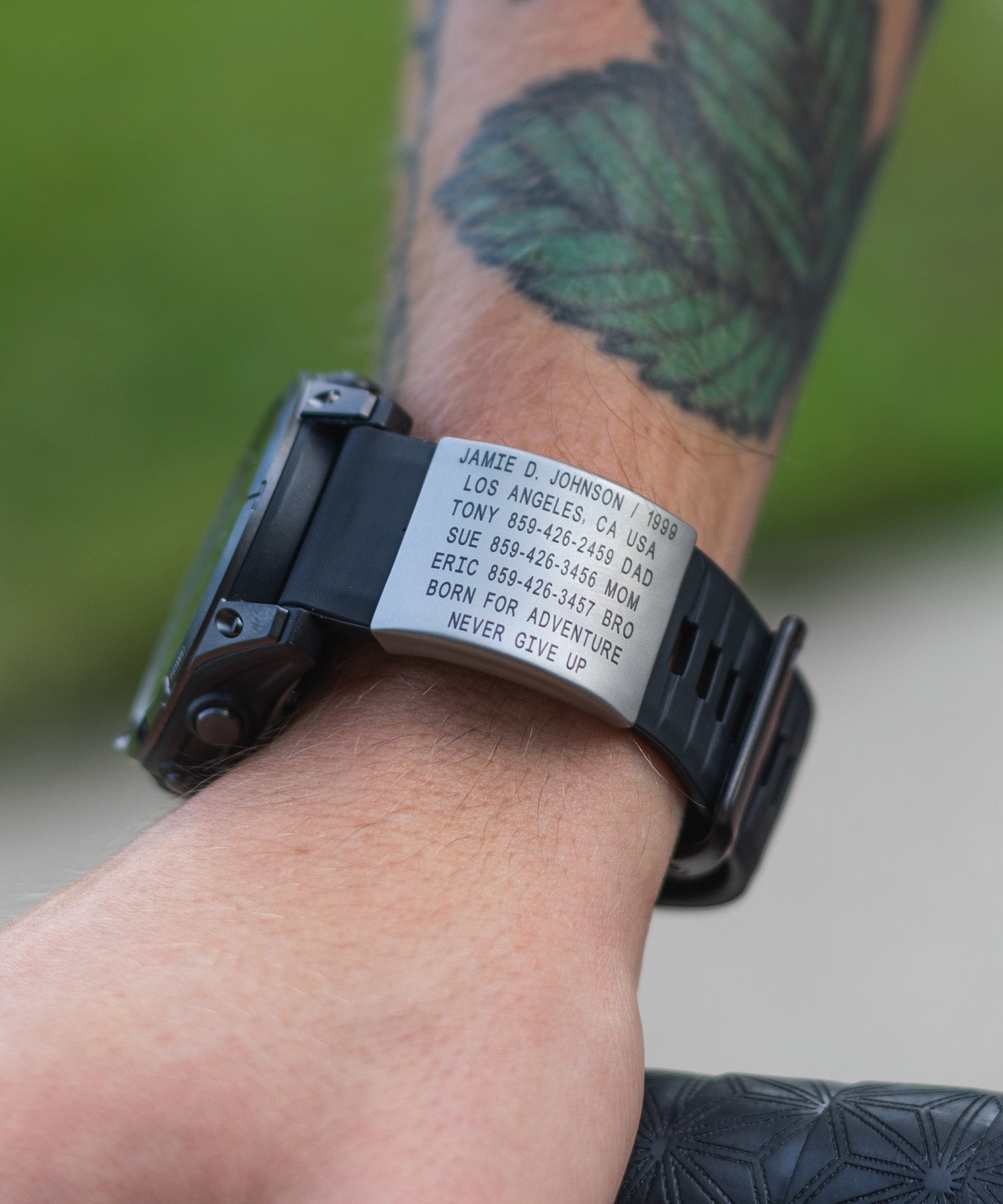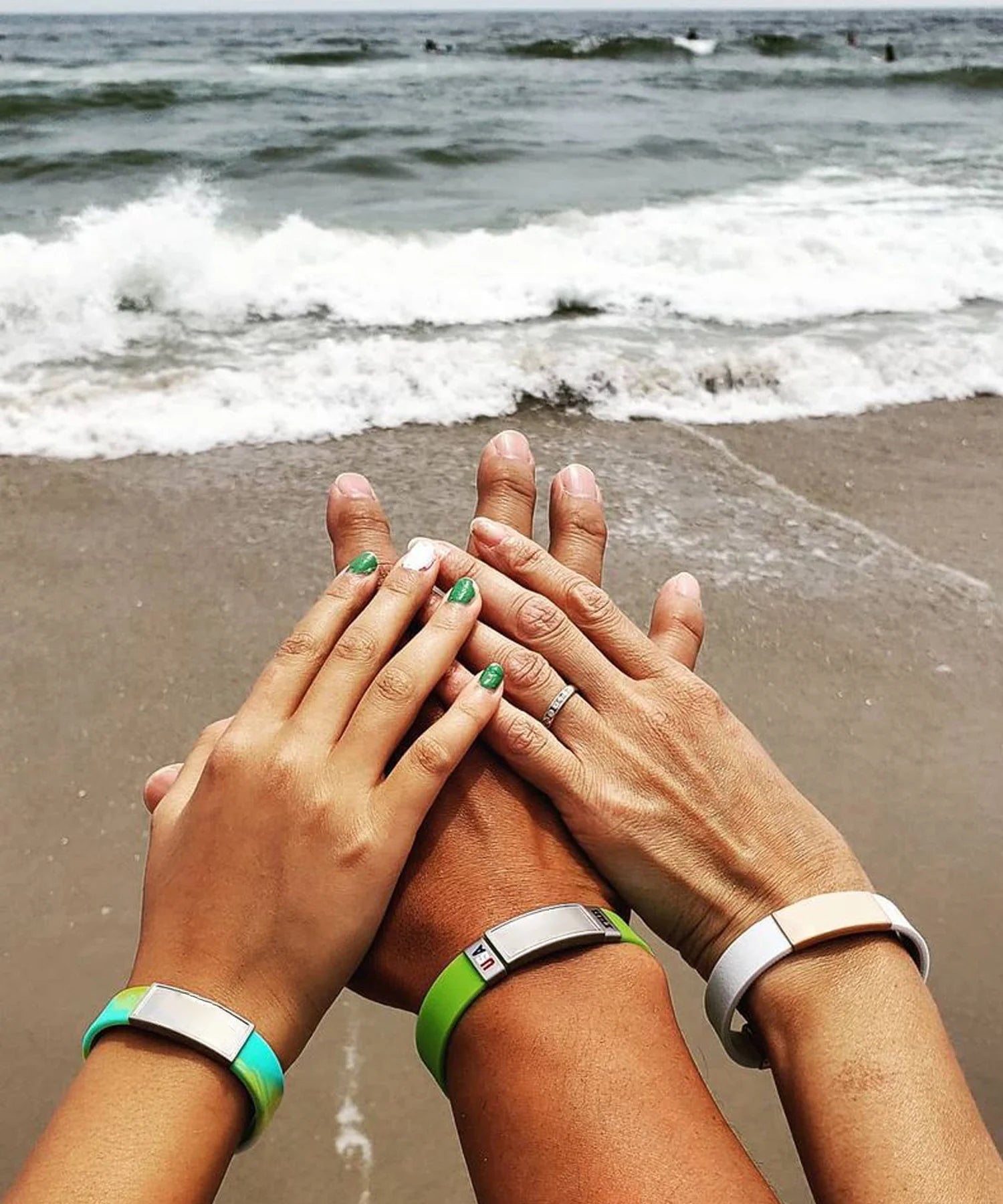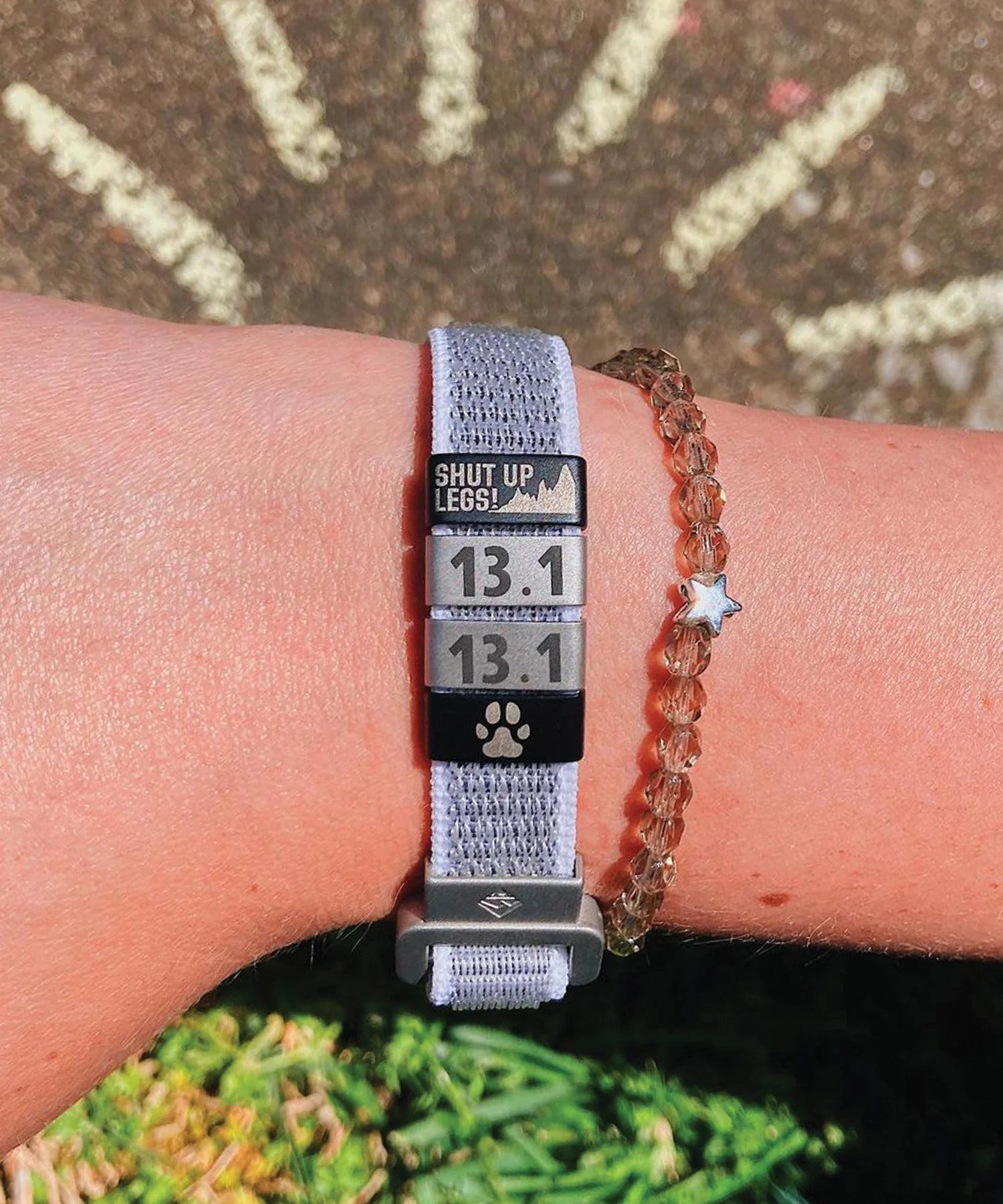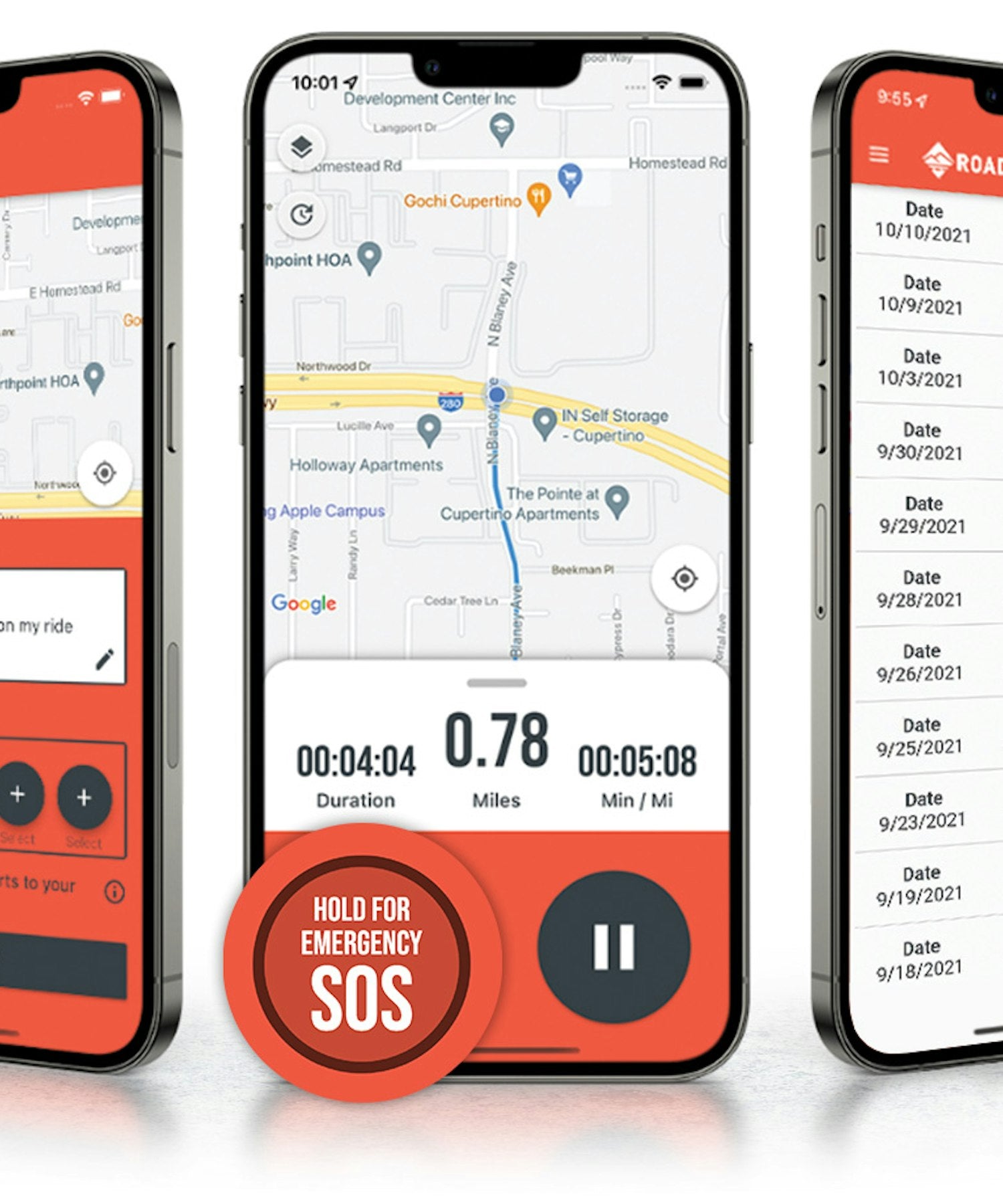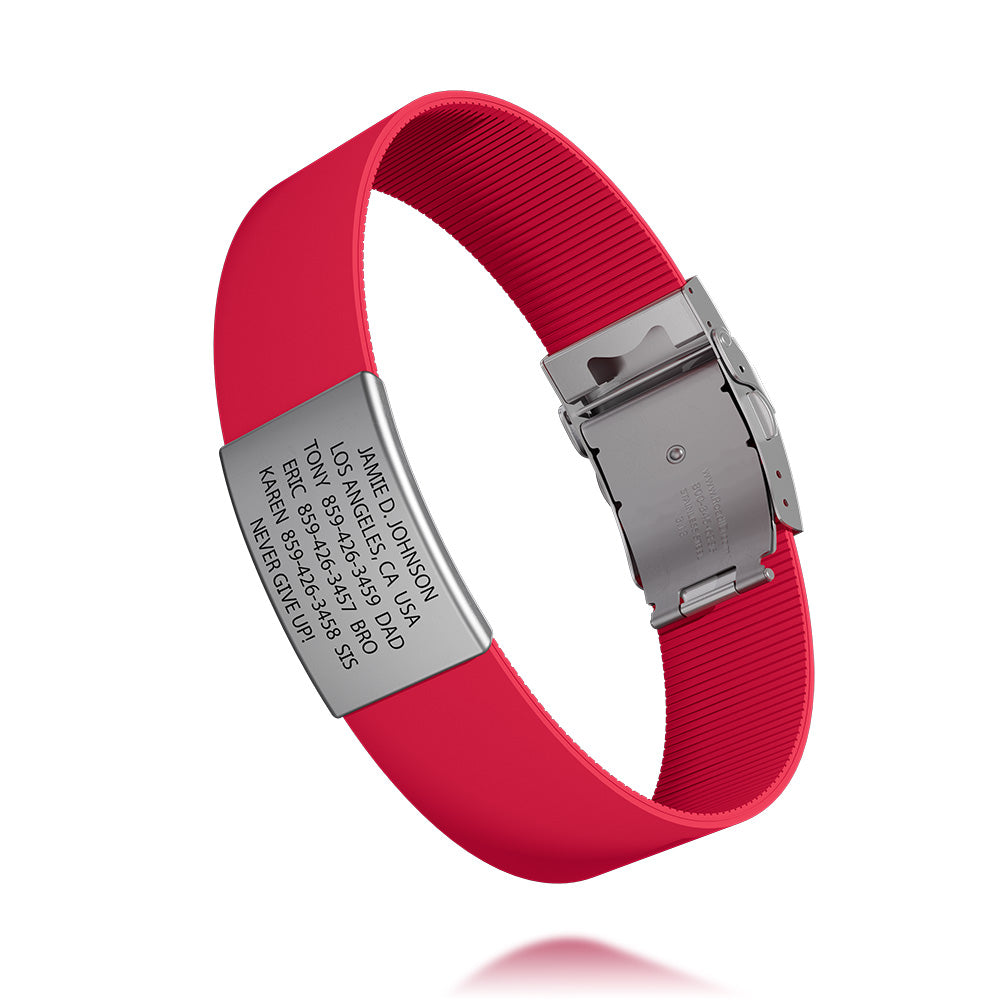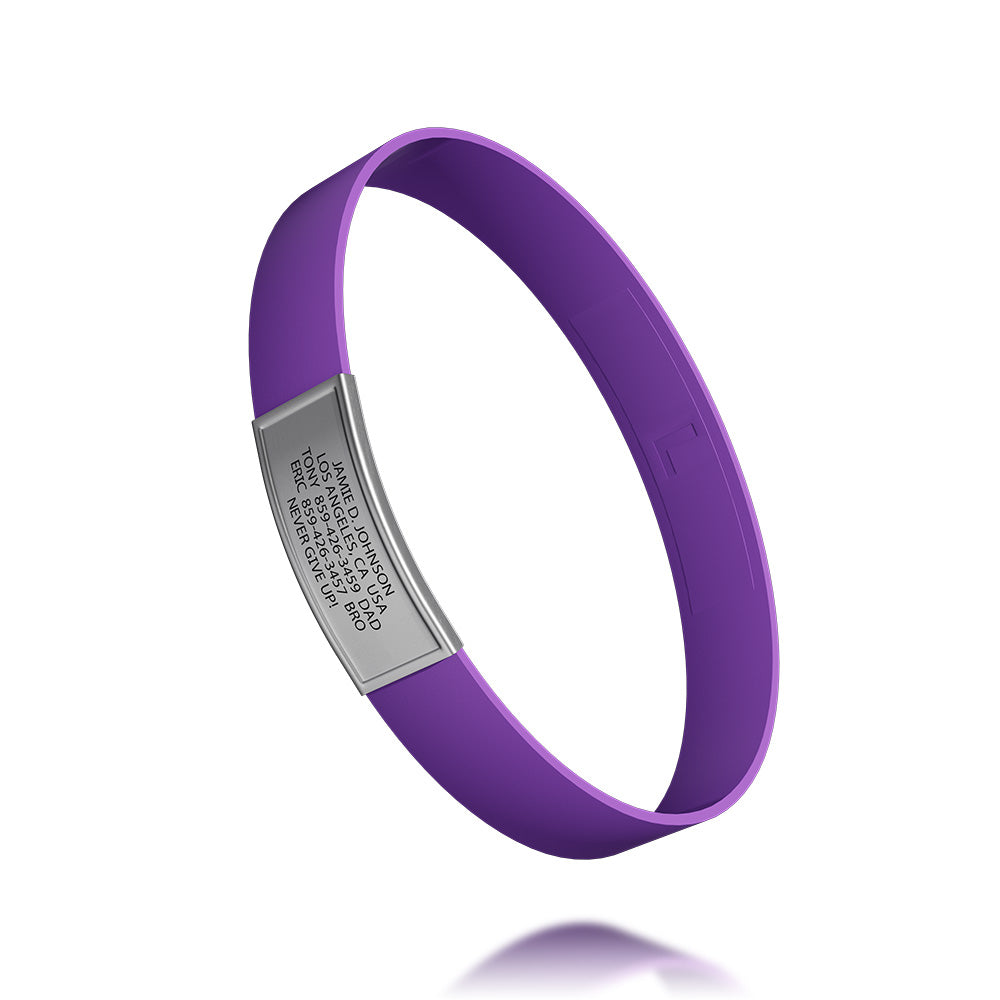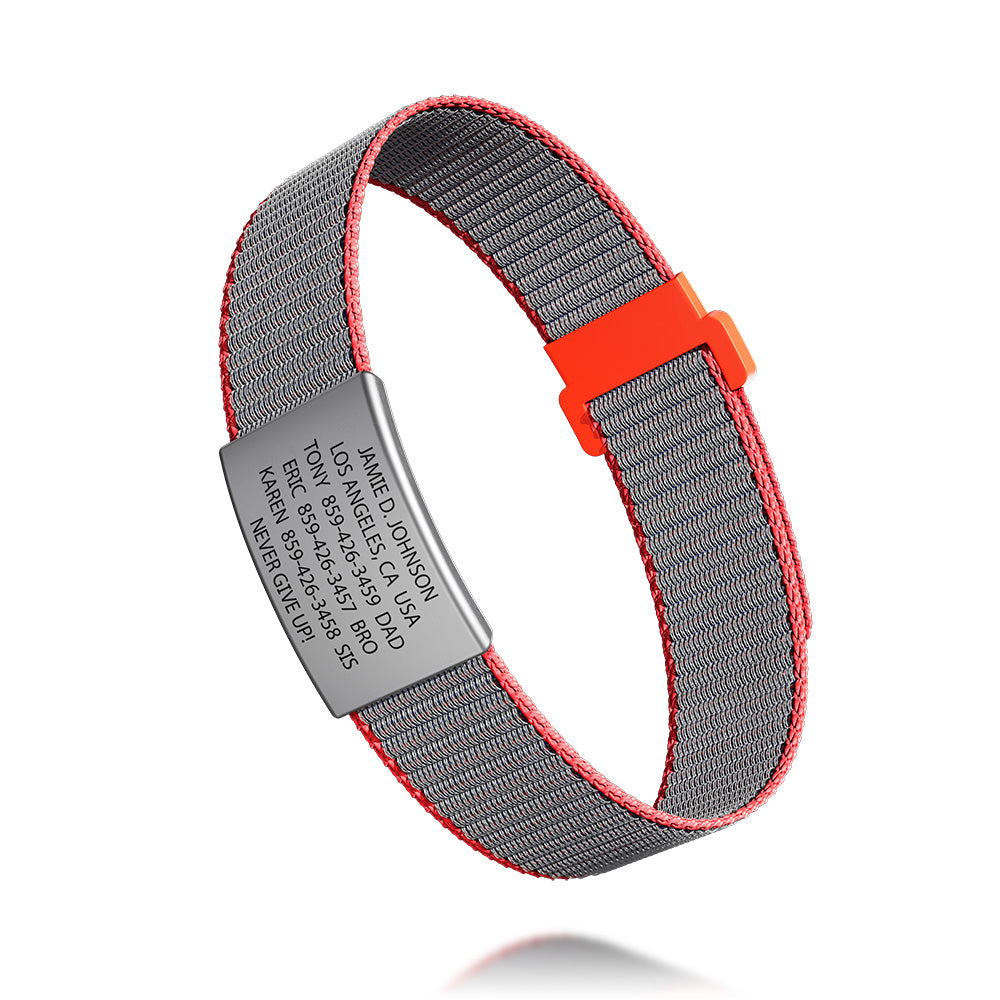If you’re part of the 10.5 percent of Americans who have diabetes, you know that you need to be a bit more cautious than the rest of the population as you go about your daily life. That’s because the condition can cause you to become confused, pass out or prevent you from being able to speak should your blood sugar levels drop too low. In addition to monitoring your blood sugar, altering your diet and keeping up with insulin treatments, wearing diabetic bracelets can help you manage the condition for the better.
If you’ve recently been diagnosed with diabetes, you may not be familiar with the concept of wearing a medical ID bracelet, but we’re here to help you get acquainted with the idea. From what to put on a medical alert bracelet for diabetes and when to wear it, this guide will cover everything you need to know about medical alert bracelets for diabetes.
What Is a Diabetes Bracelet?
In essence, diabetes bracelets are wearable accessories that provide crucial information to first responders or emergency medical personnel, which could be life-saving if you are unable to provide it yourself. They are comfortable, customizable medical ID bracelets that contain information such as medical conditions, medical emergency contacts, medications and anything else that could be useful in the event of medical emergencies.

What Should You Put on a Diabetes Bracelet?
Like all medical alert bracelets, your diabetes medical alert jewelry should contain crucial health information in an easy-to-read format. In addition to standard personal data — name, emergency contacts, medications and allergies — people with diabetes want to make sure their bracelet is labeled as such to ensure that proper treatment is administered. Here’s what to add to yours:
- Your first and last name as it appears on your ID.
- Your address, including the city, state and zip code.
- The words “DIABETES TYPE 1” or “DIABETES TYPE 2,” depending on which type you have, as well as any other health conditions.
- A primary emergency contact, including their relationship to you and their phone number.
- A secondary emergency contact, including their relationship to you and their phone number.
- All allergies to medications, foods or insects.
- All medications you take daily, including insulin and all prescriptions.
- Other medical information, such as important medical history, medical devices used (including hearing aids and pacemakers) and treatment precautions.
- Your blood type, if known.
When Should You Wear Your Diabetes Bracelet?
ROAD iD makes the most comfortable medical IDs because we believe that the more often you wear yours, the more good it can do. You should try to wear yours every day, when working, working out, running errands, walking the dog, going out with friends, etc. Unfortunately, low blood sugar can strike at any time — especially when you’re particularly busy or distracted — so you need to make sure wearing your bracelet at all times becomes a habit.
Who Should Wear a Diabetes Bracelet?
![]()
Anyone who has been diagnosed with Type 1 or Type 2 diabetes can benefit from wearing one of these smart little medical ID bracelets, but it is especially important that children, the elderly and those who are non-verbal wear theirs 24 hours a day. We offer some of the best medical bracelets for kids to help make wearing one fun and simple. Grown-ups will also find stylish and comfortable options that suit their specific preferences.
Finding the Right One
Now it’s time for the fun part: Choosing your medical ID! ROAD iD offers a huge variety of diabetes bracelets, with options in a variety of band materials, colors and faceplate styles. In addition to customizing what your bracelet says, you can personalize it down to the size and clasp style. This ensures that you design one you’ll actually want to wear each day and one that won’t get in your way no matter what’s on the agenda!
Browse Our Collection of Diabetic Bracelets
